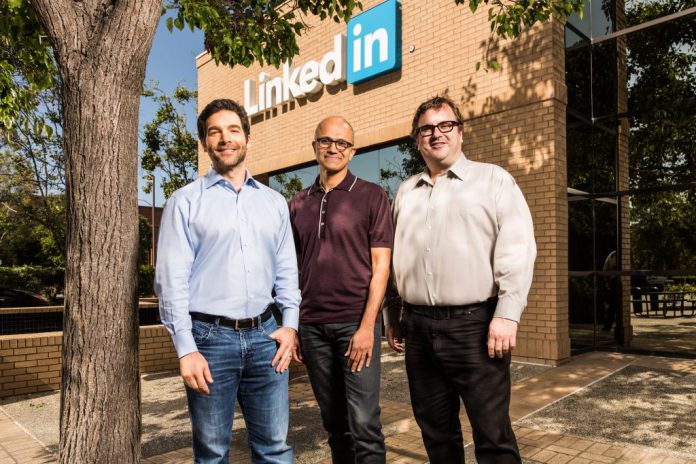“We made this decision primarily to significantly increase our agility in our infrastructure,” he told Business Insider. “From what we see, the way innovation has happened in public cloud, specifically in Azure, we would like access to such technologies moving forward.” As such, he said it was a matter of “opportunity, not need”. Going further, he suggests that LinkedIn initiated the conversation, not Microsoft, motivated in part by the willingness of Azure’s senior leadership to make it a success. SVEP of engineering Mohak Shroff had similar assurances when VentureBeat spoke to him last summer. At the time, he said Azure leaders asked LinkedIn what it would take to make the switch happen, but never pitched it to them or took the decision away. So, why LinkedIn and not AWS, Google Cloud, or numerous other services? The obvious answer is the close relationship with Microsoft is likely to cut costs, but Hiremagalur also praised Azure’s AI-driven security. In 2016, LinkedIn was hit by a data breach that affected up to 117 million users and included emails and passwords. To maintain the trust of its 260 million+ professionals, the company must ensure that doesn’t happen again.
The LinkedIn on Azure Future
Either way, LinkedIn won’t be fully hosted on Azure for some time. Hiremagalur says the company is taking it slow to minimize disruption. It’s not going the route of connecting its private data centers to Azure, instead planning to replace them entirely with the cloud solution. “Homogeneity in software stack overall is a big plus,” he explained. “That’s why hybrid is not something we want.” Moving those vast amounts of data without disruption takes time. Until then, LinkedIn is considering the other benefits it can get from Azure. It already uses a spam filter from the platform but is considering its help for machine learning features and other native capabilities.




